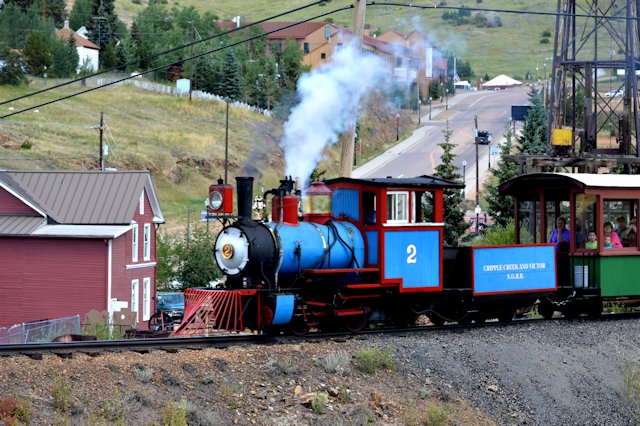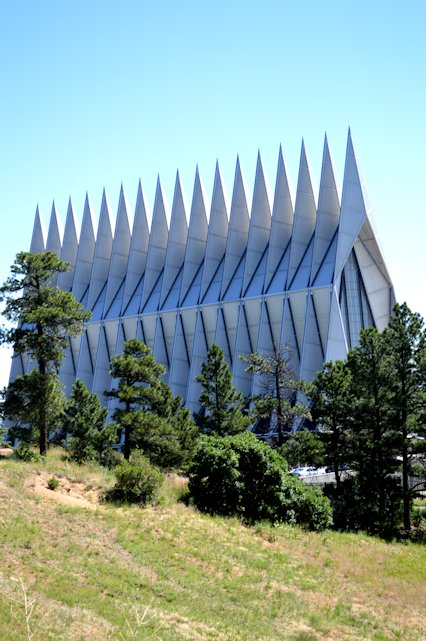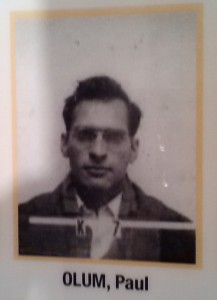We decided to take a trip to visit Cripple Creek, a gold mining town west of Pikes Peak. Gold was discovered here in the 1890’s. There are numerous mines including one right in town. The town is mostly old buildings circa 1896 as most wood buildings were destroyed in a fire that year.
In order to get gold ore from the mines around town, they built a narrow gauge rail line from town to the mines. Standard gauge for railroads is 4′-8 1/2″. This line is 2 ft.
The engines are coal fired steam. The actual engines used date from the 1920’s since the originals no long exist.
Along the line, we saw many old abandoned mines. Mines would stake a claim and dig down about 10 ft. Then they would take samples to be assayed. Assayors would determine how much gold was in the rock then the miner would determine whether it was worth his time to continue mining.
Here are pictures we took:






